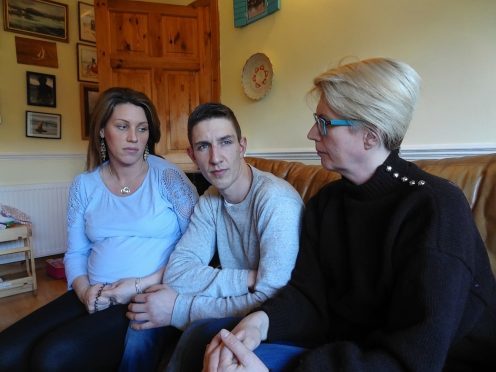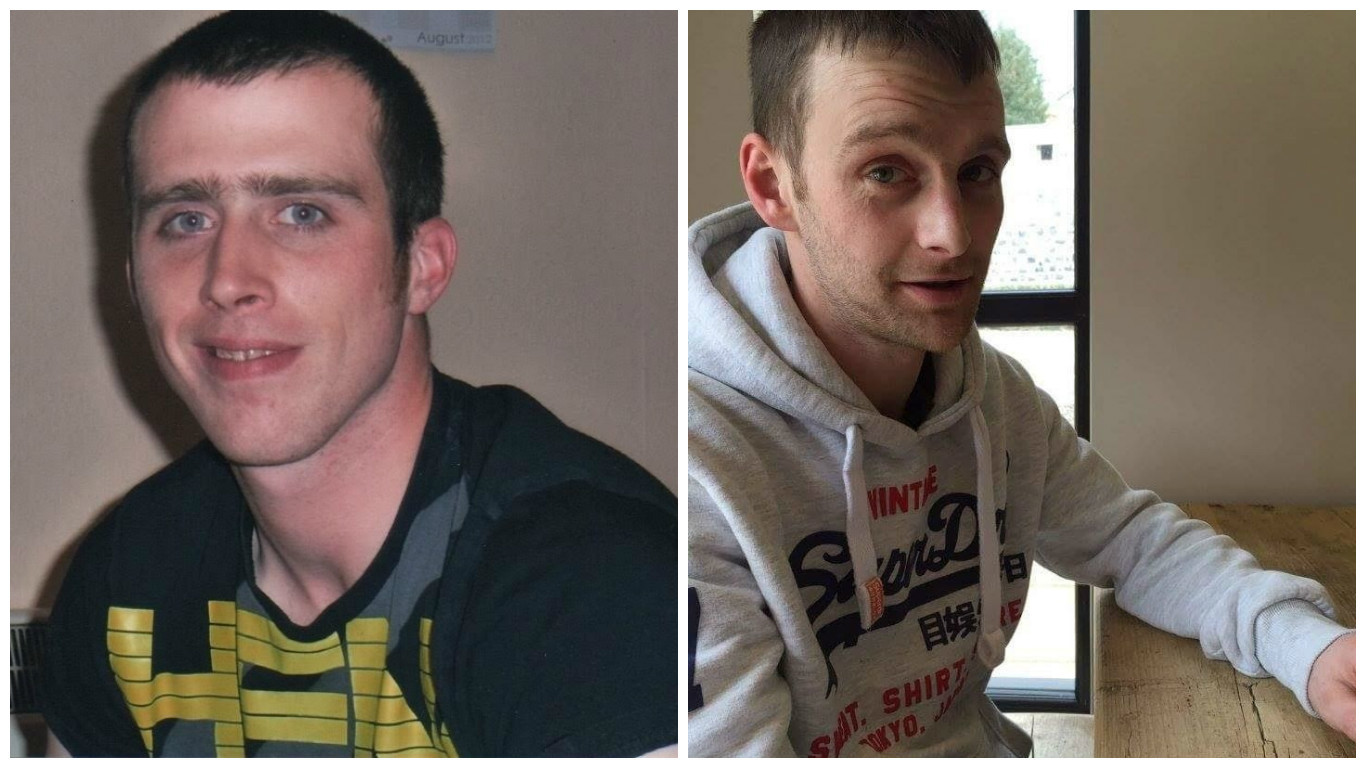The sole survivor of a tragic crab boat sinking has hailed his lost shipmates as “heroes.”
Three men perished – including one still missing – when the MFV Louisa sank off the Western Isles on April 9.
Martin Johnstone, 29, from Caithness, and father-of-two, Chris Morrison, 27, from South Harris, died when the vessel went down at anchor in calm conditions.
Islanders and volunteers are searching to try and recover the vessel’s missing skipper, Paul Alliston, of Lewis.
Lachlann Armstrong, of Stornoway, survived after swimming to rocks.
Mr Armstrong highlighted the four men worked together “calmly, without panic” to fashion a makeshift raft.
The 27-year-old father-of-one said they ran for the liferaft located above the wheelhouse after the crew awoke from their bunks to find seawater was already rising.
But the liferaft did not work, leaving them with effectively a crumpled “sheet of plastic.”
Mr Armstrong said: “Chris was focused – he came up with the idea of making a raft with the fenders.
“He was quick-thinking and had a calm demeanour. He knew we had to keep out of the water.”
“He did not let panic set in – I have so much respect for him.”
Above them was Martin Johnstone, balancing his feet across slippery, open railings.
“Martin climbed up to the back of the (now upright) stern. He untied fenders and buoys and passed them down to us, helping us to assemble a raft.”
Paul Alliston, the skipper of the vessel, returned into the sinking vessel, said Mr Armstrong.
“Paul was a hero. Paul – who could not swim – went back into the boat as she was going down. He went into the flooding wheelhouse to get lifejackets for us all,” he explained.
By now, the boat was sliding bow down into the sea, with her stern pointing upwards, the sea gushing into the wheelhouse. Paul forced the door back against the weight of the water to get the buoyancy lifesavers for his colleagues.
“Paul saved my life. It was that lifejacket which saved my life,” stressed the 27-year-old.
“I would never have got to shore without a lifejacket.”
The un-inflated, semi-submerged makeshift raft simply could not take their combined weight, so they kept falling off. Eventually, they ended up to their necks in the cold sea.
Their lifejackets kept their heads above the water as they grimly held on to the side of the makeshift device which was barely floating, prompting him to free up space by swimming to shore.
He said: “The raft was nothing but a floating piece of plastic. It was unstable and could not support people.
“It gave us a false sense of hope. I had to make the choice to stay with this thing or go.”











